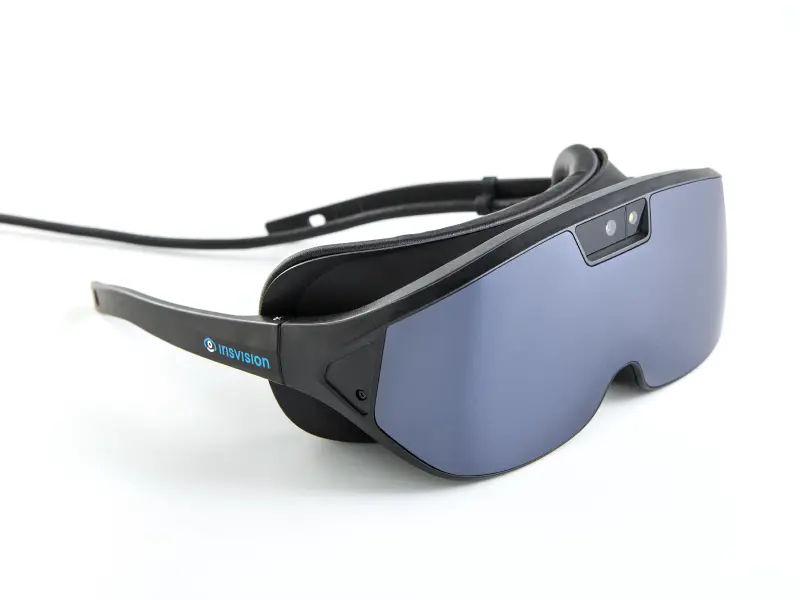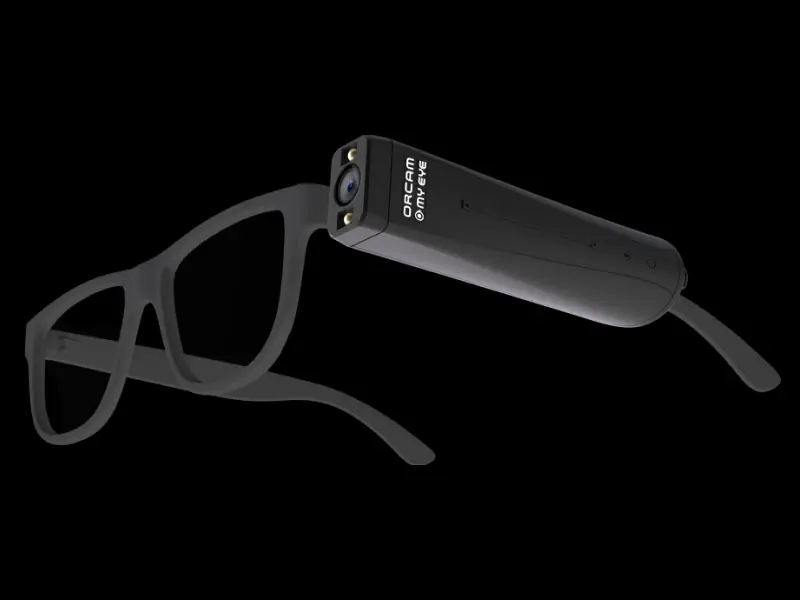
#LIVE2.0 #Review
Seeing is believing… There’s no denying it. Yet, eyesight gets weaker with age. In most cases, a pair of bifocals or reading glasses would do the trick. If not, and you face difficulty performing your daily activities, it’s likely you have low vision.
There are about 4 million Americans with low vision and chronic visual impairment, which can’t be corrected with glasses. Surprisingly, low vision and legal blindness are among the leading causes of disability in the United States.
So how does one regain the independence that is compromised because of low vision? Is there some voodoo stuff that’s going to miraculously get your vision back?
Not quite right, but we are close.
Technological advances have given way to several options to surface. Among these options are the low vision aids. For example, electronic magnification offers better benefits than a standard optical low vision device.
There are various types of low vision aids, categorized into optical, non-optical, and high-tech aids. Low vision aids are mostly task-specific and can be used for close-up, intermediate, or distance viewing tasks.
But, though amazing and useful, we will not be focusing on all the categories. We are going to let you in one some secrets of optical low vision aids, and specifically the electronic low vision devices utilizing assistive technologies.
What’s more, they are not just task-specific but can be used across multiple activities.
We have gathered information about some of the major players in wearable electronic assistive low vision devices. Here are the details:
IrisVision is an FDA-registered visual aid device that utilizes the power of mobile virtual reality. It is an all-in-one, distance and autofocus solution designed for intuitive ease-of-use. It is equipped with powerful connectivity tools that enable greater engagement with the world, providing easy-to-use, voice-controlled, and internet connected wearable devices.
IrisVision Live is a wearable headset that uses a Samsung smartphone mounted in the VR headset.
However, IrisVision Inspire, which debuted in the U.S. market in September 2021, no longer houses the Samsung smartphone but is tethered to it with its award-winning software. This makes the Inspire device half the weight compared to its predecessor and also comes with a removable eye guard, giving the user a sleeker profile.

IrisVision low vision aids are intended for anyone with poor vision who wants to make use of their remaining sight. Unlike other low vision devices that are used for specific tasks, IrisVision can be used for various tasks. As it can be operated wirelessly, there is no need to plug it in or connect it to a network, allowing it to be used both indoors and outdoors.
People with vision acuities as low as 20/2000 can read with the help of high magnification. This emphasizes that low vision, or extremely low vision, is compatible with reading as long as adequate magnification is available.
We all read, be it for entertainment, news, bills, recipes, navigation, and so on; we just have to read up to a certain level to move about. IrisVision is equipped with a variety of reading modes that allow users to read certain text in different situations.
Living with low vision may restrict the amount of entertainment you get. IrisVision offers the following entertainment options to keep you up to date with the latest trends and your personal library.
The Photo Gallery mode allows you to view the snapshots you have saved to take a trip down memory lane.
Video Player mode features voice-enabled search, where you can search for your favorite videos or anything of your interest.
This mode is a gateway to staying informed, learning new skills, or searching through shared videos. It has voice-enabled search and bookmarking features.
The Television mode adjusts the light at the center of the TV or computer screen. It is suited for an extended usage time as it doesn’t enter sleep mode after a certain period of idleness.
To get along with your daily activities, IrisVision is equipped with different viewing modes that target different eye conditions.
The Bubble View feature can be accessed in Scene Mode. The view inside the bubble can increase or decrease in magnification as required. Whatever changes are made to the magnification in this mode will appear in the bubble.
This mode has a rectangle at the top center of the screen that allows you to magnify a specific section on the screen without losing the surrounding context of the view. This feature acts like a viewfinder on the camera.
With this mode, you can change the field of view of the screen. It helps people with conditions like retinitis pigmentosa or glaucoma. The user can see the view by shrinking the image to a smaller viewing area.
Cost:
IrisVision Live—$2,950
IrisVision Inspire—$3,995
OrCam MyEye is a voice-activated low vision device that can be attached to any pair of glasses. This device relays the visual information audibly, in real-time and offline and also helps the user recognize people and perform other daily activities with ease through audio support. However, this device doesn’t improve a person’s vision.

Along with the features from OrCam MyReader, OrCam MyEye can recognize currency, credit cards, household items, or work items. However, these must be identified and placed in the OrCam’s memory using audio tags. Currency must be touched or viewed using the trigger button in order to be recognized. OrCam MyEye can store and recognize up to 150 credit cards, items, household cleaners, and other objects ranging from the size of a pack of playing cards to a box of cereal.
The OrCam wearable low vision aids are designed for people who are blind or visually impaired. It provides independence to the users by giving access to visual information, which is conveyed by audio, through a tiny camera that is attachable to any pair of eyeglasses.
Using artificial intelligence, it reads text, recognizes faces, and identifies products. However, OrCam only just does that. It doesn’t offer any entertainment elements that would give the user the luxury of dabbling in their hobbies or topics of interest.
As indicated before, OrCam is focused on relaying visual information to the user, but it doesn’t enhance a person’s remaining vision. Hence, it is well-suited when performing daily tasks that involve a lot of reading or moving around areas to recognize certain images.
Cost:
OrCam MyReader – $2,500
OrCam MyEye 2.0 – $4,500
Support
See and Connect Today!
IrisVision Global, Inc.
5994 W. Las Positas Blvd, Suite 101
Pleasanton, CA 94588
Email: [email protected]
Support: +1 855 207 6665
Support
See and Connect Today!
IrisVision Global, Inc.
5994 W. Las Positas Blvd, Suite 101
Pleasanton, CA 94588
USA Email: [email protected]
Support: +1 855 207 6665
Support
See and Connect Today!
IrisVision Global, Inc.
5994 W. Las Positas Blvd, Suite 101
Pleasanton, CA 94588
Email: [email protected]
Support: +1 855 207 6665